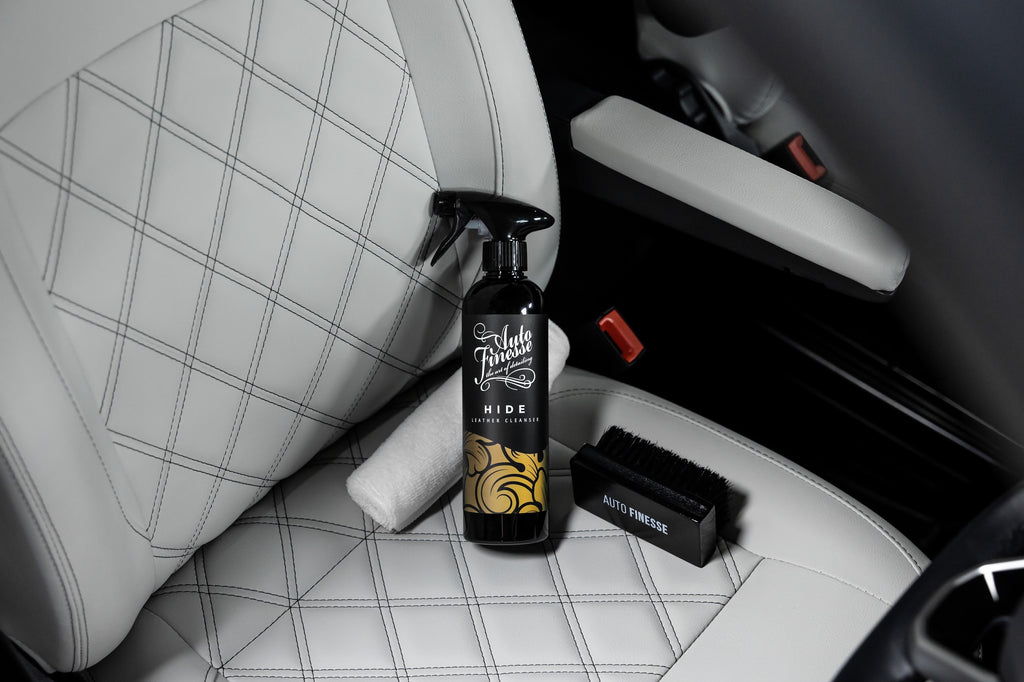Aside from making sure surfaces are clean and free of contaminants, this always depends on the circumstances. Are you topping up wax protection from a previous full detail or adding wax protection for the first time. This is important because, first and foremost, polishing will remove any protection layer, the reason why we don?t use abrasives during routine maintenance, and only polish paintwork when it's absolutely necessary. In this case of maintenance, we'd assume that any paint correction needed had been carried out before adding the first round of wax protection. When it comes to adding wax protection for the first time, we'd always recommend getting surfaces to the best possible level of refinement first. Although it's wholly possible to apply a wax to car with swirly paint, and it will still bond, protect from grime and offer extreme water behaviour and beading, what it won?t do is hide any major defects, so essentially, you'll be locking these in. Pure waxes are non-abrasives, so they're not designed to correct or obscure defects in the surface underneath, they are purely for protection and to add extra gloss. So, for the best results, we'd always recommend correcting or enhancing any paintwork you're not completely happy with the condition of, and fully preparing the surface, before applying any protection layer. The advantage with waxes over ceramic coating in this instance though, is that you don't have to consider the chemical bonded needed for an SiO2 coating to adhere, so you can utilise any of our correction products and cleansers depending on the finish you require regardless of if they already contain waxes and paint glazes. This includes our Revitalise V2 System Compounds, One Step All-in-One Compound, Tripple All-in-One Polish and Rejuvenate Paintwork Cleanser. For more information, and some top tips on preparing your vehicle for a hard wax, see our full guide: Getting The Most From A Hard Wax.

![]() Need help call +44 (0)1279 912 912
Need help call +44 (0)1279 912 912












